Greasing silicone pans is an essential step in the baking process and one that you shouldn’t skip. Greasing your pans ensures that your baked goods release effortlessly. So how do you go about it?
You can grease your silicone baking pans with cooking spray, butter, or shortening. Spray the inside of the pan with your chosen grease, and you’re ready to bake. If you’re using a spray, use one specifically designed for cooking to avoid damaging your bakeware.
In this article, we’ll show you how to grease silicone baking pans so that your baked goods come out perfectly every time. We’ll also give you a few tips on how to clean and care for your silicone bakeware. Let’s get started!
Do You Have to Grease Silicone Baking Pans?
Some people don’t grease silicone baking pans because they are confident that nothing will stick to the silicone. However, even though silicone is considered to be nonstick, grease will help cakes and other baked goods pop out of the pan much easier.
Have you struggled with removing cakes from silicone molds? If yes, check out my guide with step-by-step instructions and tips to help you remove cakes easily without them breaking or sticking.
In fact, greasing the silicone baking pan is a must for professional bakers or home cooks who want to be extra sure that the cake won’t stick. Here are the reasons why you should grease silicone baking pans:
- Greasing your pans ensures that your baked goods release easily.
- It will help the cake to rise evenly.
- Greasing the silicone bakeware will help increase the volume of the cake or the baked goods (source: Food Service Journal).
- It will prevent cakes from cracking (source: Hunting Waterfalls).
- It will make cleaning easier (source: Medina Baking).
Aside from the pros of greasing, there are also some cons you should consider. They are:
- Oily cake: If you use too much oil or cooking spray, it can seep into the cake and make it oily.
- Too much density: If you use too much grease, it can also make the cake too dense if you use butter or shortening.
- Higher calorie count: Grease means calories. Spray or coat the silicone pans too much and you get yourself more calories. If you’re watching your calorie intake, cut back on the greasing.
Now that you know the pros and cons of greasing silicone baking pans, let’s look at how to do it.
How to Grease Silicone Bakeware to Stop Sticking?
Here are some of the most popular ways to grease your silicone baking pans.
- Cooking spray
This is the easiest way to grease silicone bakeware. This greasing method is suitable for baking small pastries like cupcakes or muffins because you can evenly coat the silicone mold.
Simply coat the inside of the pan with cooking spray, and you’re ready to bake. Make sure you only spray the silicone pans or molds when they’re cool or at room temperature, not when they’re warm or hot. Doing so will cause warping (source: I Forgot It’s Wednesday).
- Butter
This method is quite challenging because you need to evenly coat the silicone mold with a thin layer of butter using your hand or a pastry brush. The advantage of using this method is that it will add flavor to your baked goods.
This greasing method is suitable for baking cakes or other large pastries because there is only one large silicone mold to coat.
- Shortening
Shortening is a type of fat made from vegetable oils that’s solid at room temperature. It’s similar to butter but doesn’t add flavor to your baked goods. This is great for savory bread or non-sweet cakes.
Greasing Silicone Bakeware for Cooking Types
Different types of food require different cooking times and temperatures. Here are some general guidelines for greasing silicone bakeware:
- Cakes: Use a thin layer of butter or shortening.
- Bread: Use a thicker layer of butter, shortening, or cooking spray.
- Muffins: Use a thin layer of butter, shortening, or cooking spray.
- Cupcakes: Use a thin layer of butter, shortening, or cooking spray.
You can use silicone bakeware in the microwave and oven as long as it is microwave-safe (source: Webstaurantstore).
Perhaps you’ve heard mixed opinions, and it’s got you concerned about the risks. For peace of mind regarding your silicone bakeware’s safety in the oven, check out my comprehensive guide on this topic.
Now you know how to grease silicone bakeware. As long as you use the right type of grease and the appropriate amount for what you’re baking, your baked goods will turn out delicious!








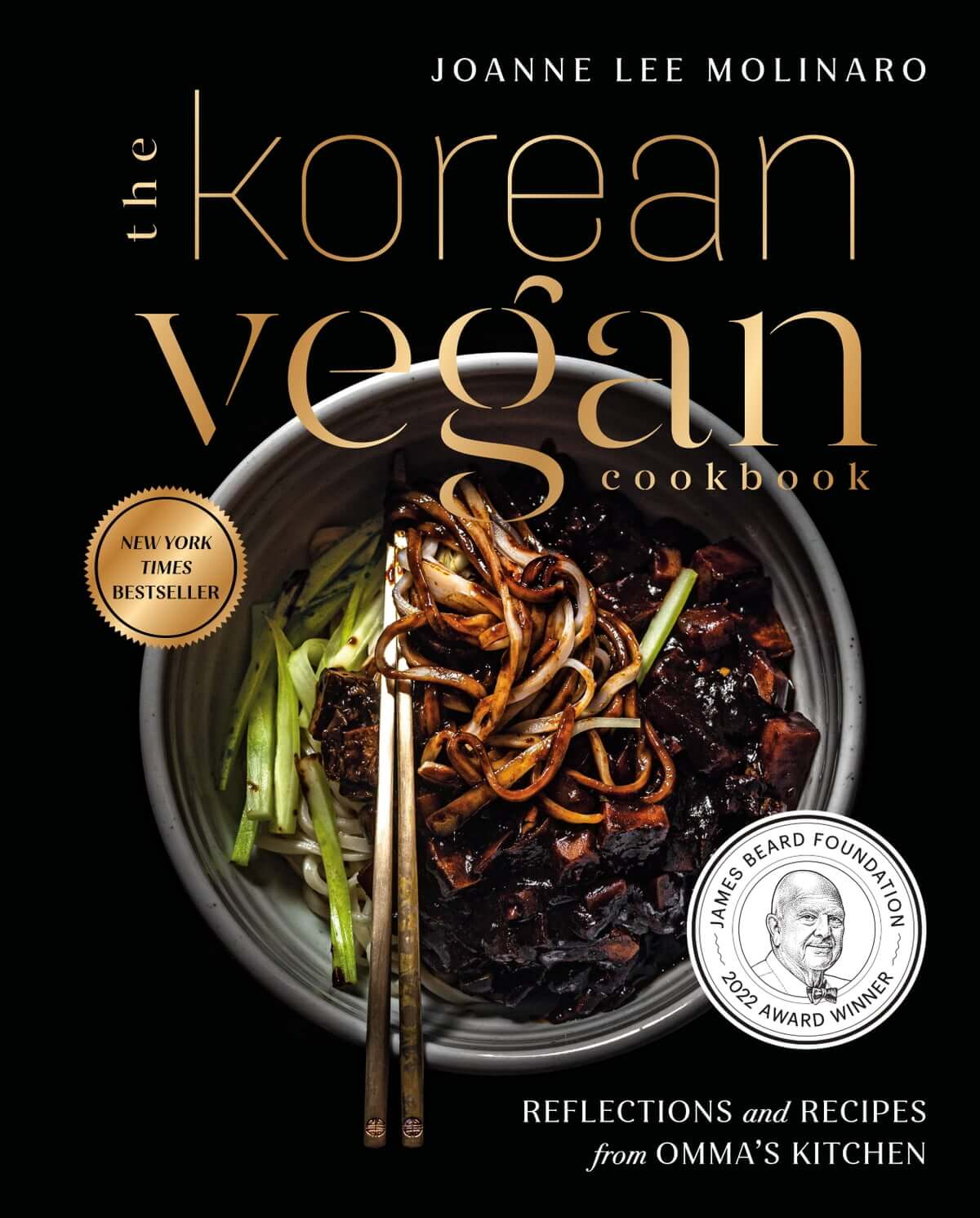
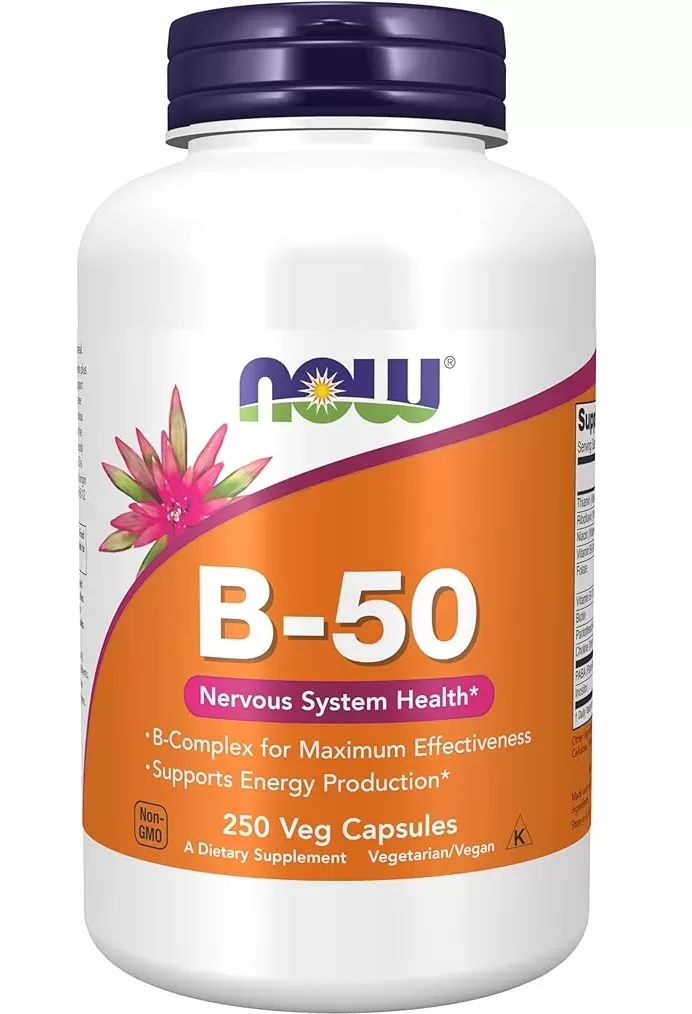
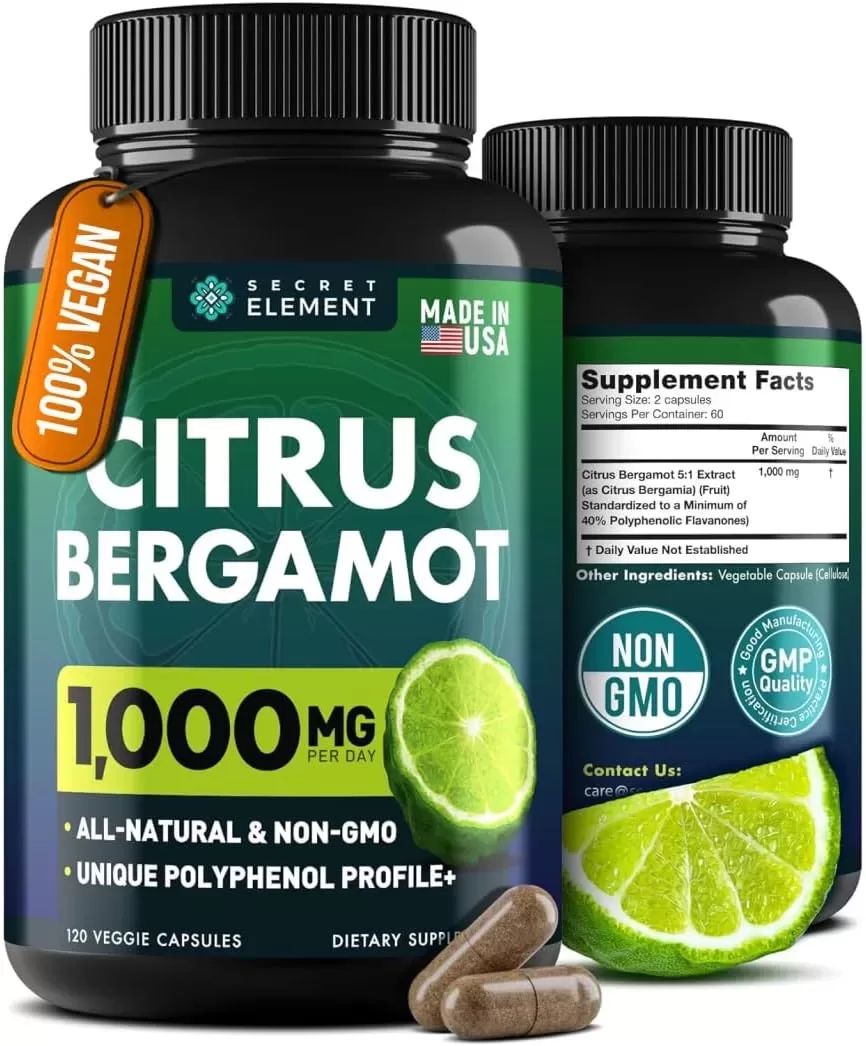
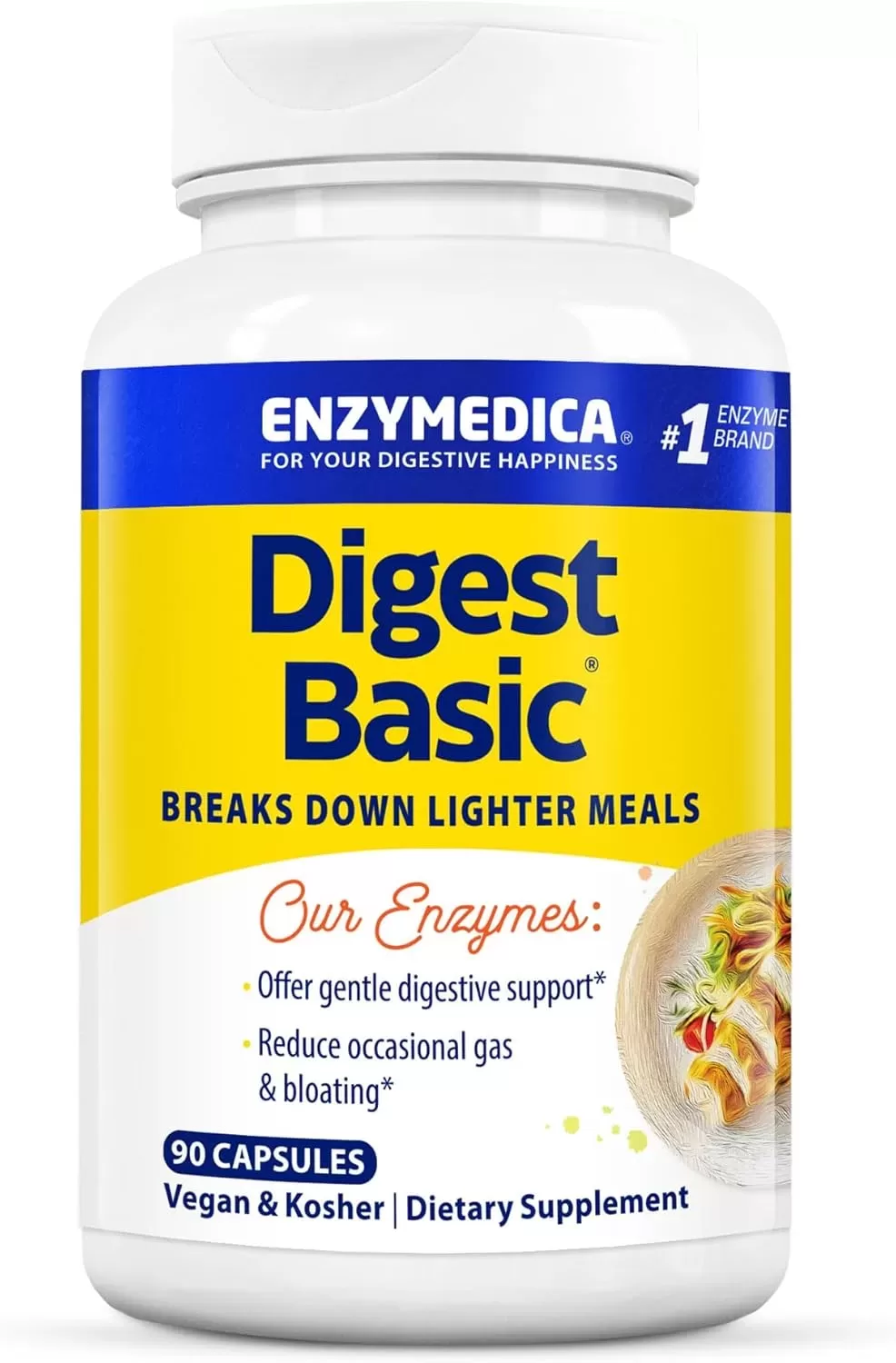
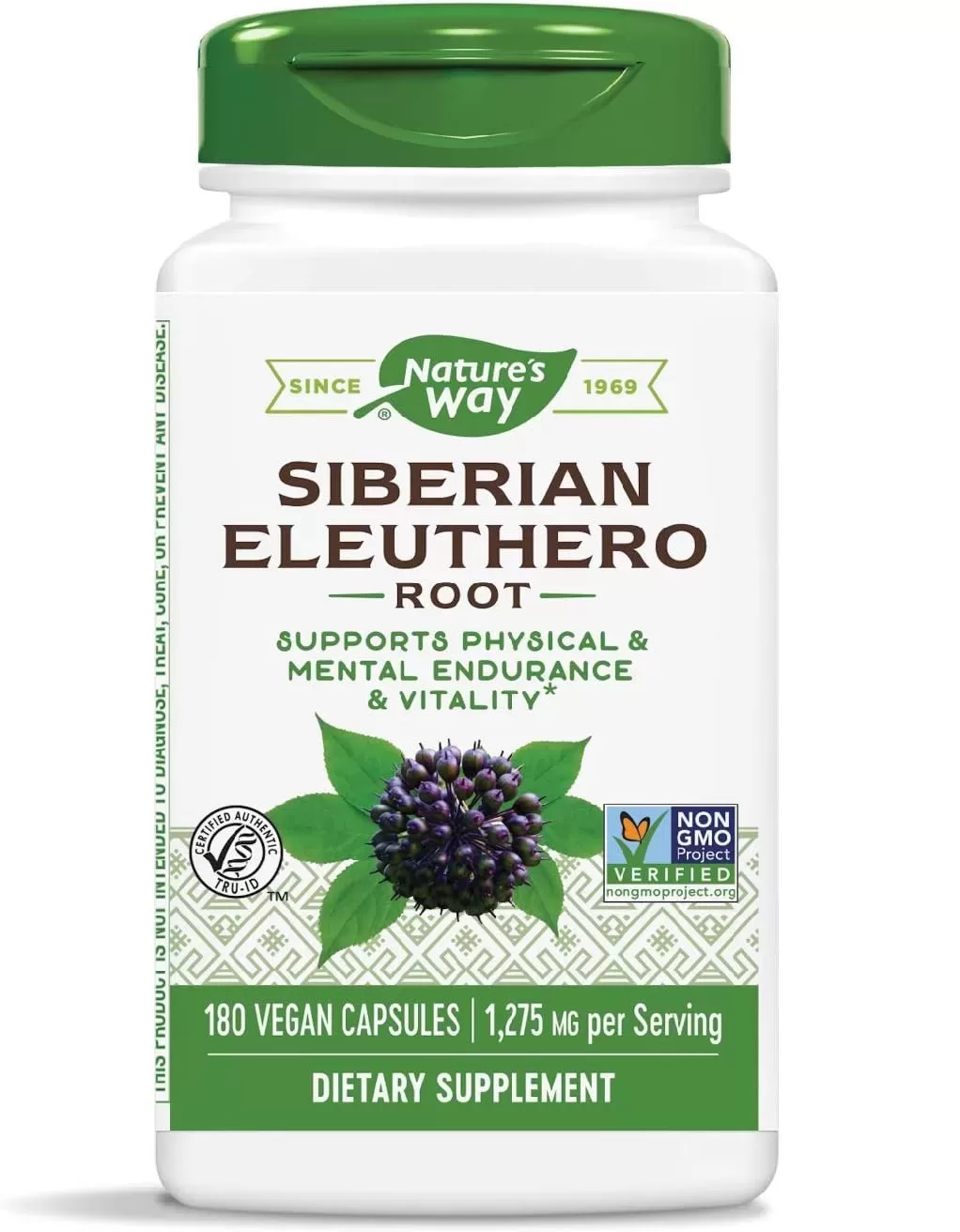

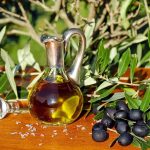
Comments are closed.